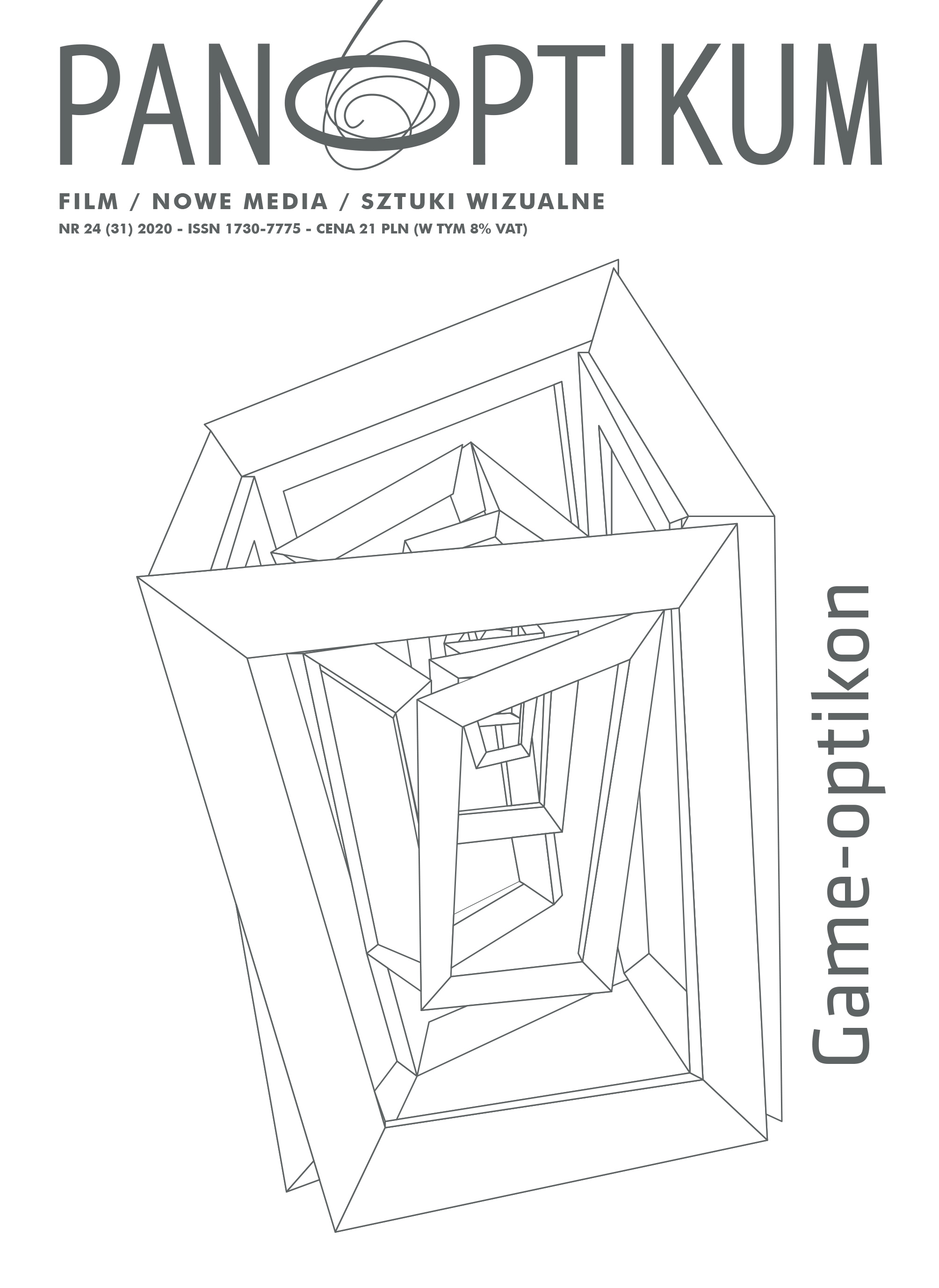Narrative Interfaces, Identity of The Game and The Integrity of The Interfaces
DOI:
https://doi.org/10.26881/pan.2020.24.02Keywords:
game design, narrativity, interfaces, computer game theory, computer-human interactionAbstract
The paper aims to address an issue of the game’s identity in the context of narrative interfaces and their integrity. Following the approach of Jenkins (2002), Bizzocchi (2007, 2011) and Koenitz (2015, 2018) I propose there to address said topic by attention paid to the integrity of the narrative interfaces design and their role in the presentation and experience of “the game” as particular “that game”. Especially in the context of attempts to recreate specific experience (remake/revival, sequel and sibling identity), for which main example is the game Planescape Torment and its revival (Enhanced Edition) and “spiritual successor” Tides of Numenera. The short study on said example, as I argue, shows that the main issue has a multilayered nature (including technology, studio politics, artistic design, license legal limitations and such), and the integrity of the interfaces, especially these which may be identified as the “core” ones, is an important part of them and seemingly small and mere changes, may break it completely. And while the storytelling may deliver literally “the same” story, a changed (or broken) integrity of narrative interface’s design cannot be restored. Creating in effect a different experience, and in essence: a different game. However, keeping said core integrity intact allows to sustain the game identity (and its experience) allowing extending existing mechanics, additional layers of gameplay etc.
Downloads
References
Abrams, A. (2019). Nintendo and the Magic of Nostalgia Marketing, Financial Manage¬ment, 01.02.2019, https://www.fm-magazine.com/issues/2019/feb/nintendonostalgia-marketing.html (accessed: 29.12.2020).
Adams, E. (2010). Fundamentals of Game Design. Berkeley: New Riders.
Arias, J. (2017). Torment: Tides of Numenera Review, https://killapenguin.com/gamer¬eviews/ tormenttidesofnumenera/ (accessed: 29.12.2020).
Bizzocchi, J. (2007). Games and Narrative: an Analytical Framework, Loading – The Journal of the Canadian Games Studies Association, Vol. 1, No. 1.
Bizzocchi, J., Lin, B., Tanenbaum, J. (2011). Games, Narrative, and the Design of Inter¬face, International Journal in Arts and Technology, Vol. 4, No. 4.
Bizzocchi, J., Woodbury, R.F. (2003). A Case Study in the Design of Interactive Narra¬tive: The Subversion of the Interface, Simulation & Gaming, Vol. 34 No. 4.
Brother None (2007). Tales of Torment, Part 1, https://www.rpgwatch.com/show/ article?articleid=55 (accessed: 29.12.2020).
Caldwell-Gervais, N. (2015). The Complete Call of Duty Single Player Campaign Critique (for PC), https://www.youtube.com/watch?v=AvN51r1o1Nc (accessed: 29.12.2020).
Calleja, G. (2011). In-Game. From Immersion to Incorporation, [MA]. Cambridge: The MIT Press.
Cui, R. (2015). A Review of Nostalgic Marketing, Journal of Service Science and Manage¬ment, No. 8.
Ensslin, A. (2014). Literary Gaming. Cambridge: The MIT Press.
Fullerton, T., Swain, Ch., Hoffman, S. (2008). Game Design Workshop: Designing, Proto¬typing and Playtesting Games. Burlington: Morgan Kaufmann.
Jenkins, H. (2002). Game Design as narrative Architecture, Computer, Vol. 44, https:// pdfs.semanticscholar.org/f82f/061e7a44530d1dee281b96d9b1640485aa74.pdf (accessed: 29.12.2020).
Koenitz, H.(2015). Towards a Specific Theory of Interactive Digital Narrative. In: H. Koenitz et al., Interactive Digital Narrative, New York: Routledge.
Koenitz, H. (2018). What Game Narrative Are We Talking About? An Ontological Mapping of the Foundational Canon of Interactive Narrative Forms, Arts, Vol. 7, No. 51, doi:10.3390/arts7040051 (accessed: 29.12.2020).
Laas, O. (2014). Narratives in Digital Games. Their Place and Function in the Study of Digital Games. In: Expanding Practices in Audiovisual Narratives, R. Kelomees, Ch. Hales (Eds.). Newcastle upon Tyne: Cambridge Scholars Publishing.
Luers, W. (2013). Make Me Think: Composing the Narrative Interface, https://www.aca-demia.edu/10094649/Make_Me_Think_Composing_the_Narrative_Interface (accessed: 29.12.2020).
Propp, W. (1976). Morfologia bajki (trans.: W. Wojtyga-Zagórska). Warszawa: Książka i Wiedza.
Ryan, M.L. (2001). Beyond Myth and Metaphor: The Case of Narrative in Digital Media, Game Studies, Vol. 1, Issue 1, http://www.gamestudies.org/0101/ryan/ (accessed: 12.10.2019).
Schell, J. (2010). The Art of Game Design: A Book of Lenses. Elsevier: Morgan Kaufmann Publishers.
Swink, S. (2009). Game Feel. A Game Designer’s Guide to Virtual Sensation. Elsevier: Morgan Kaufmann Publishers, [eBook].
Wood, H. (2017). Dynamic Syuzhets – Writing and Design Methods for Playable Stories. ICIDS. 10690, DOI: 10.1007/978-3-319-71027-3_3 (accessed: 29.12.2020).

 Academic Scientific Journals
Academic Scientific Journals









